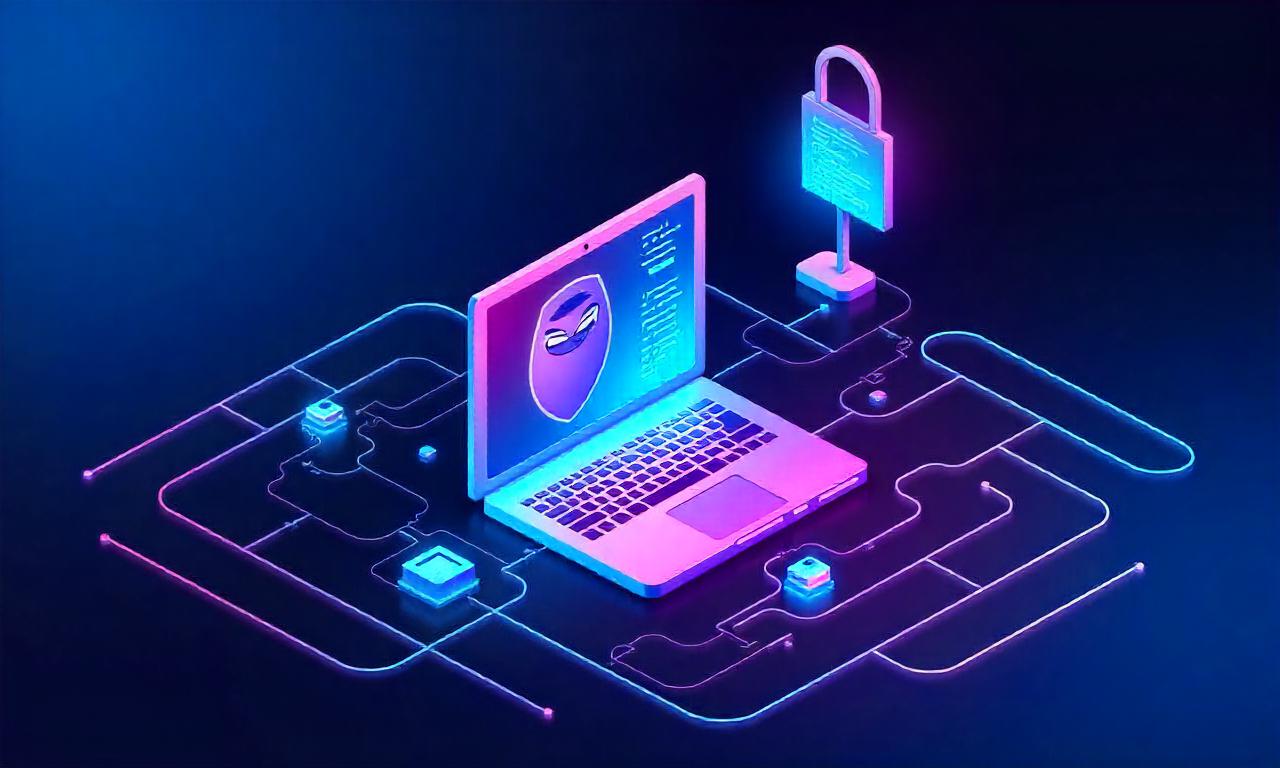
Table of Contents
ToggleWhat Is VAPT in Cyber Security?
VAPT, or Vulnerability Assessment and Penetration Testing, is a comprehensive security testing methodology designed to identify, analyze, and mitigate potential weaknesses in an organization’s IT systems.
It combines two distinct yet complementary practices—vulnerability assessment and penetration testing—to deliver a robust overview of an organization’s security posture.
Vulnerability assessment focuses on identifying known security weaknesses in systems and software. These are typically detected using automated tools that scan for outdated software, misconfigurations, or common vulnerabilities. This stage offers a broad picture of potential security gaps but doesn’t confirm if these can actually be exploited.
Penetration testing, or ethical hacking, takes the analysis further by simulating real-world attacks. Here, security experts attempt to exploit the identified vulnerabilities to determine their actual impact.
This validates the effectiveness of existing defenses and uncovers deeper, previously hidden issues that automated scanners might miss. Together, these methods provide a thorough and actionable understanding of cyber risk exposure.
Why VAPT Is Essential for Modern Cyber Defense
In a world where data breaches cost millions and reputations crumble overnight, reactive security measures simply aren’t enough. VAPT in cyber security offers a proactive layer of defense—allowing us to identify weaknesses before attackers do.
Through regular vulnerability scanning and cyber threat analysis, organizations can reduce the window of opportunity for cybercriminals.
VAPT enables faster incident response by surfacing the most critical risks and prioritizing them based on severity. This risk-based approach ensures that security resources are focused where they matter most.
Moreover, as regulatory standards like GDPR, HIPAA, and ISO 27001 demand stringent data protection practices, VAPT plays a crucial role in ensuring compliance.
Security compliance testing through VAPT helps organizations demonstrate due diligence, meet audit requirements, and avoid hefty fines associated with non-compliance. Ultimately, VAPT reinforces trust among clients and stakeholders by showcasing a commitment to robust cyber security practices.
Components of a Comprehensive VAPT Strategy
A well-structured VAPT approach doesn’t happen by accident—it requires a systematic, multi-layered plan tailored to the organization’s digital ecosystem. Here’s how we build it:
- Pre-Engagement Scoping: Before testing begins, we define the target environment, test goals, and boundaries. Whether focusing on web application security, network security testing, or cloud infrastructure, this step ensures clarity and compliance with ethical standards.
- Vulnerability Assessment: Using advanced tools, we perform vulnerability scanning to uncover known weaknesses. These include missing patches, exposed ports, weak encryption, and misconfigured systems. The assessment phase sets the foundation for the next step.
- Penetration Test Execution: Security specialists perform controlled attacks to exploit discovered vulnerabilities. Techniques such as social engineering, privilege escalation, and lateral movement are employed to simulate real-world intrusions, validating the severity and exploitability of each flaw.
- Risk Analysis and Reporting: Each finding is categorized based on impact, likelihood, and business risk. The report offers clear recommendations, often including steps for vulnerability management and long-term security posture assessment.
- Remediation and Re-Testing: Fixes are implemented, and re-testing ensures vulnerabilities have been properly closed. This iterative process is crucial for continuous improvement and maintaining strong cyber defense testing standards.
VAPT vs. Traditional Security Audits: What Sets It Apart?
While cyber security audits review policies, procedures, and compliance, they often stop short of simulating real-world attacks. VAPT fills that gap by combining automated and manual testing with practical exploitation techniques, delivering more realistic insights into an organization’s defenses.
Security audits typically verify that controls exist, while VAPT challenges whether those controls actually work under pressure. For example, an audit may confirm that firewalls are in place, but VAPT will attempt to bypass them using methods attackers might employ. This active validation of defense mechanisms provides a higher assurance level.
Another key difference lies in the frequency and adaptability. VAPT can be conducted regularly or on-demand to address evolving threats and system updates. This contrasts with the static, often annual nature of audits. For organizations aiming for agile security validation and threat detection, VAPT is a game-changer.
Challenges in Conducting VAPT and How to Overcome Them
Despite its advantages, VAPT in cyber security isn’t without hurdles. One of the most common issues is scope creep, where the assessment boundaries blur, leading to unplanned tests that may disrupt operations. Clearly defined scopes and stakeholder communication can mitigate this risk.
Another challenge is false positives—especially in automated scans—which can overwhelm IT teams with low-priority issues. To combat this, we rely on skilled ethical hacking experts to validate findings, ensuring we focus only on real and exploitable threats.
Additionally, resource constraints—both in terms of tools and talent—can limit the depth of testing. Organizations can address this by outsourcing to experienced penetration testing vendors or leveraging hybrid solutions that combine internal audits with third-party VAPT services.
Lastly, misalignment with business objectives may result in security recommendations that are impractical or costly to implement. Tying every VAPT activity to business goals ensures that investments yield measurable security risk evaluation outcomes.
How to Integrate VAPT into Your Security Framework
Embedding VAPT into our larger cyber security strategy ensures continuous protection, not just occasional check-ups. We recommend a phased integration, starting with high-priority assets—such as public-facing web applications, databases, and cloud environments.
Next, establish a recurring testing cadence—quarterly, semi-annually, or after every major system change. Automation tools can help with continuous vulnerability scanning, while manual penetration testing should be scheduled periodically for in-depth assessments.
To maximize VAPT’s impact, results should feed directly into a centralized vulnerability management system. This allows for tracking, remediation, and reporting in one place. Aligning VAPT outcomes with cyber threat analysis dashboards also improves threat modeling and strategic decision-making.
Finally, conduct training and awareness sessions to ensure all teams understand VAPT’s role and how to act on its insights. Empowering IT, DevOps, and management with this knowledge strengthens the entire organization’s cyber resilience.
Future Trends: VAPT in an AI-Driven Security Landscape
The future of VAPT in cyber security is being shaped by automation, artificial intelligence (AI), and machine learning. These technologies are redefining how vulnerability assessments are performed—moving from static checklists to dynamic, behavior-based analysis.
AI-powered VAPT tools can now detect anomalies, predict attack vectors, and adapt testing strategies in real-time. This not only improves accuracy but also reduces the time required for comprehensive testing. We’re witnessing the rise of continuous security validation systems that integrate seamlessly into CI/CD pipelines.
Another emerging trend is VAPT-as-a-Service (VaaS)—cloud-based solutions that offer scalable and on-demand security breach testing. These platforms are particularly beneficial for small and medium enterprises that lack in-house expertise but still require rigorous cyber defense testing.
As threat landscapes grow more complex, VAPT will continue to evolve as an indispensable element of digital defense. Organizations that embrace this proactive, intelligent approach will be best positioned to navigate the cybersecurity challenges of tomorrow.















